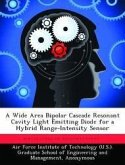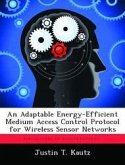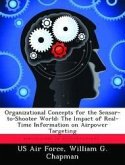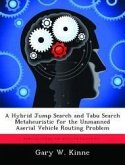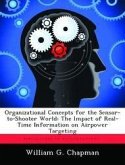This document reports results of wave-optics simulations used to test the performance of a hybrid wavefront sensor designed to combine the self-referencing interferometer and Shack-Hartmann wavefront sensors in an optimal way. Optimal hybrid-wavefront sensor design required a thorough analysis of the noise characteristics of each wavefront sensor to produce noise models that assist in the design of an optimal phase-estimation algorithm. Feasible architectures and algorithms for combining wavefront sensors were chosen, and the noise models of the individual wavefront sensors were combined to form a model for the noise-induced error of the resulting hybrid sensor. The hybrid wavefront sensor and phase-estimation algorithm developed through this work showed improvement over a comparable stand-alone selfreferencing interferometer and Shack-Hartmann wavefront sensor in open-loop wave-optics simulations.
Hinweis: Dieser Artikel kann nur an eine deutsche Lieferadresse ausgeliefert werden.
Hinweis: Dieser Artikel kann nur an eine deutsche Lieferadresse ausgeliefert werden.


